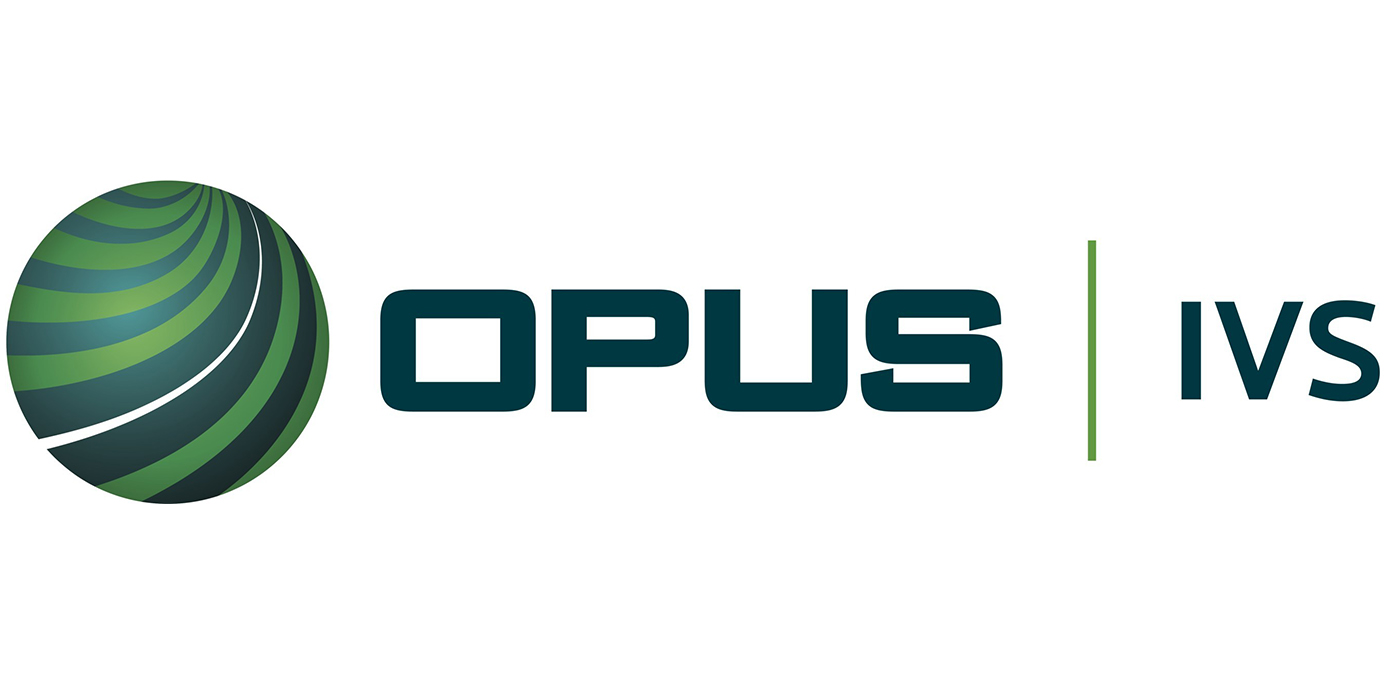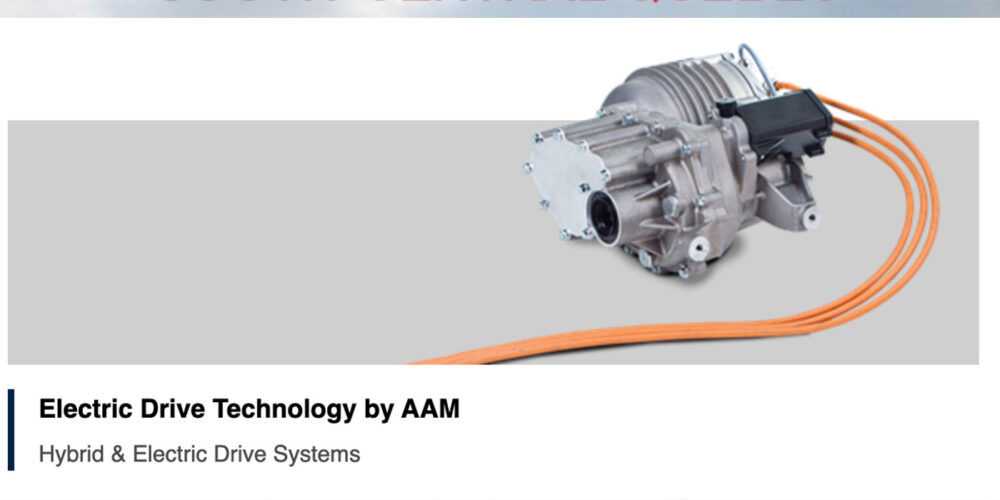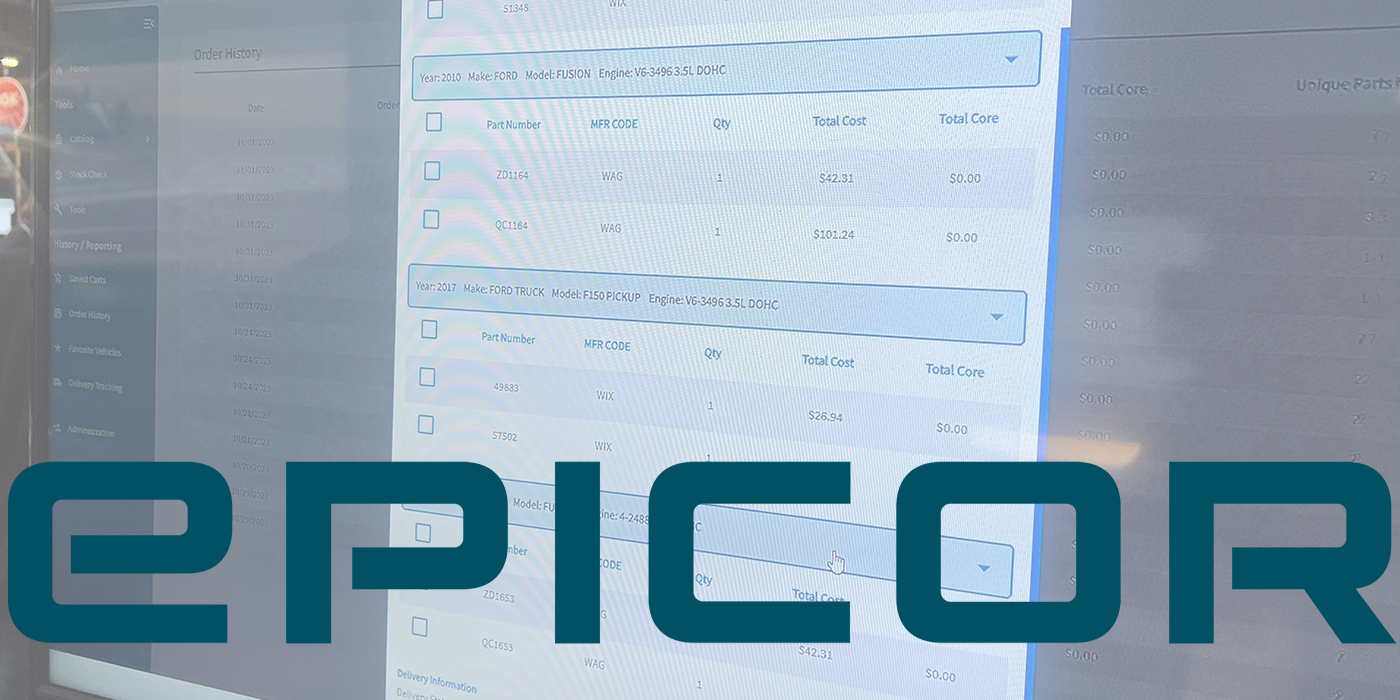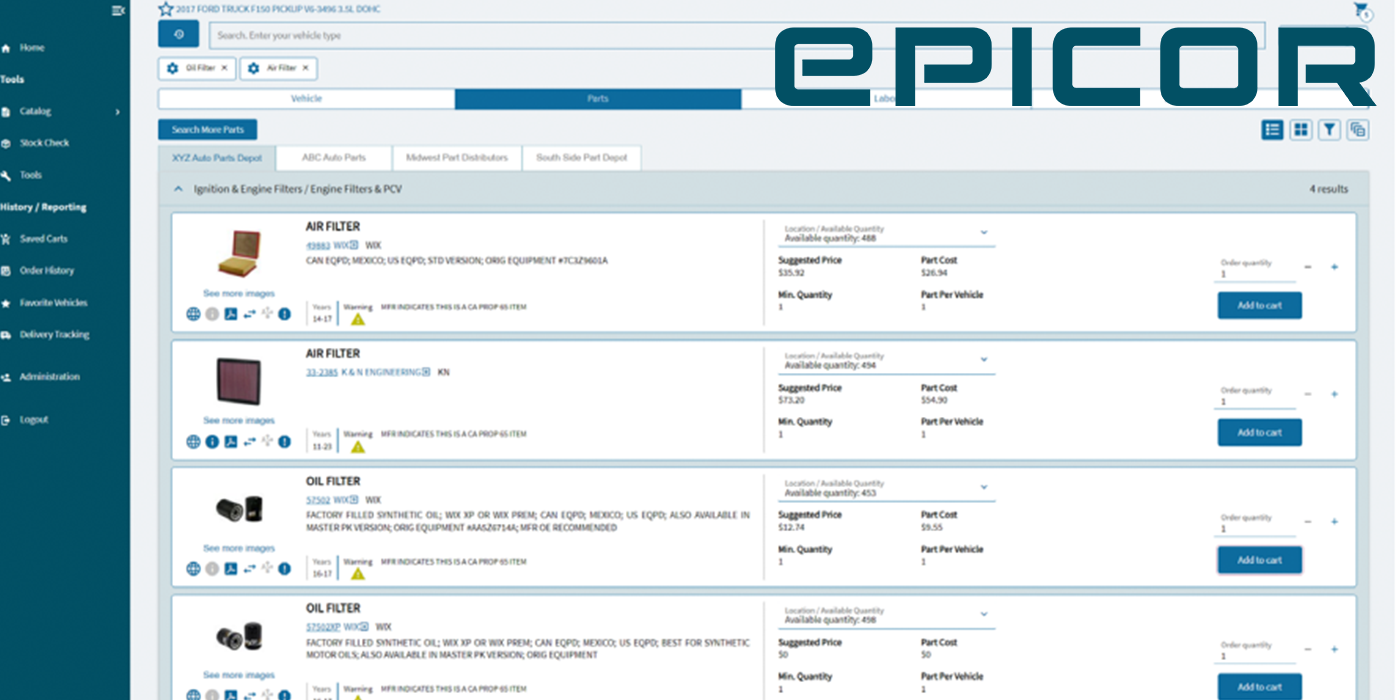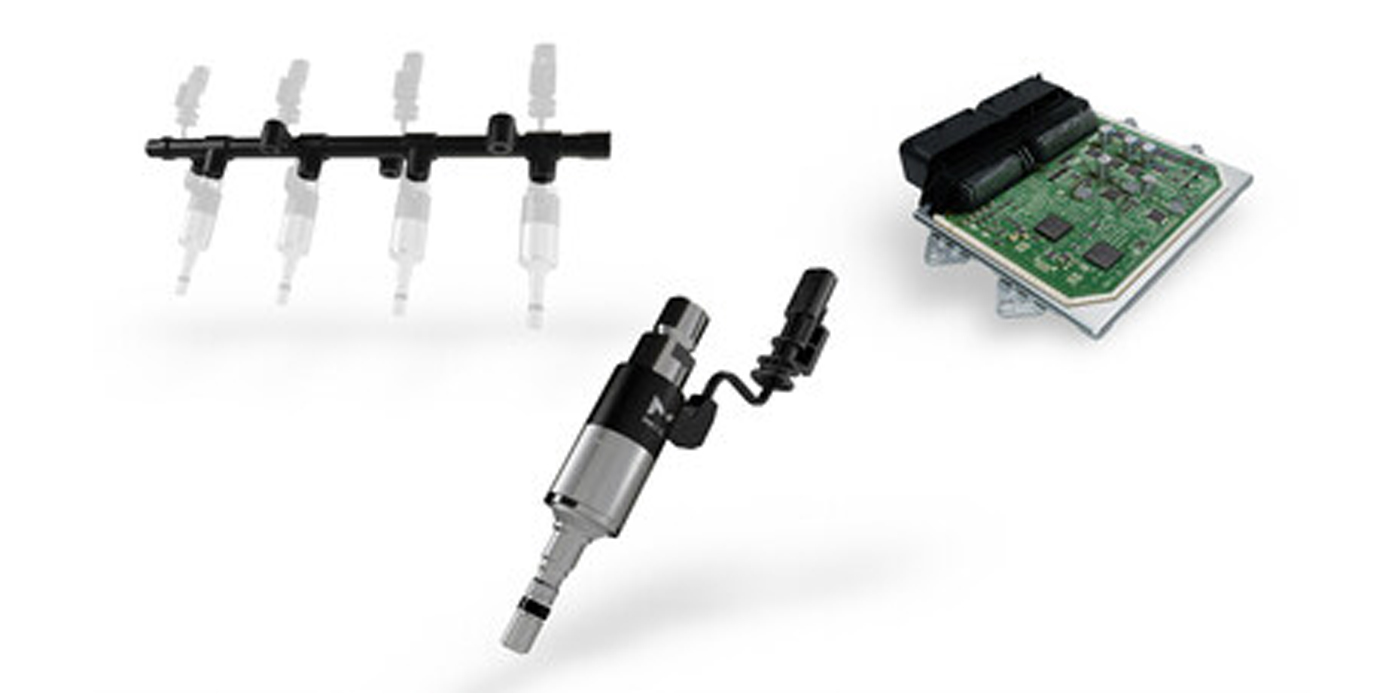AMN Perspectives by Thomas Group: Experience at Work
Posted: July 27, 2004, 9 a.m., EST
by John Steidl, Thomas Group consultant and Mike Manor, president, Automotive Aftermarket, Thomas Group
IRVING, TX — Over the last two months, we have covered the topic of change leadership from a variety of angles. Our goal has been to offer practical advice from 25 years of experience in mentoring successful executive-level change agents. But what do you do if you are a middle manager?
The span of control for middle managers is normally limited to their own departments and they often do not have a lot of influence in other areas of the organization. However they are usually the best source for ideas on operational improvements. If you are a middle manager with a change agenda, how do you go about breaking through the “idea barrier” to get support and sponsorship at the executive level?

All the advice we have given in previous articles is still relevant to you, but there is more you can do. Here is a special roadmap for middle managers who want to make a difference.
1. Do as much as you can inside your own department. Establish a reputation as someone who is constantly looking for ways to improve.
2. When you have made the obvious improvements within your own functional area, start asking around for things your department can do differently that will help enable other departments to be faster, better and more productive. (This is called cross-functional impact.)
3. Build collaborative personal relationships with other department managers, and initially target those managers with whom you have the best relationships.
4. Then, offer suggestions on ways that the departments you have helped can assist you in return.
5. At this point you have created an informal network of managers who have seen the power of collaborative improvement initiatives across functional boundaries — at least in small ways. Suggest getting together on a regular basis to identify and tackle bigger issues that no one has been able to address individually.

6. Go as far as the group can in tackling one or two of these bigger issues. At some point you are going to hit a barrier that requires an executive level decision or intervention. If you have built a solid group, and achieved some success, your escalation of specific issues to the executive level should get serious attention.
7. Ultimately, you will want to formalize the cross-functional methods you have been using on an informal basis, and bring other managers into the process. This will require executive level sponsorship, but by now you should have established enough credibility to go for it.
By following this road map, along with the guidance from previous articles, any middle manager can become a champion for change with significant credibility and influence.
For additional information, visit www.thomasgroup.com or call Mike Manor at 972-401-4444.
_______________________________________
Click here to view the rest of today’s headlines.
“AMN Perspectives by Thomas Group: Experience at Work” is written and sponsored by Thomas Group. The opinions expressed in “AMN Perspectives by Thomas Group: Experience at Work” articles appearing on aftermarketNews.com do not necessarily reflect the opinions of AMN or Babcox Publications.




